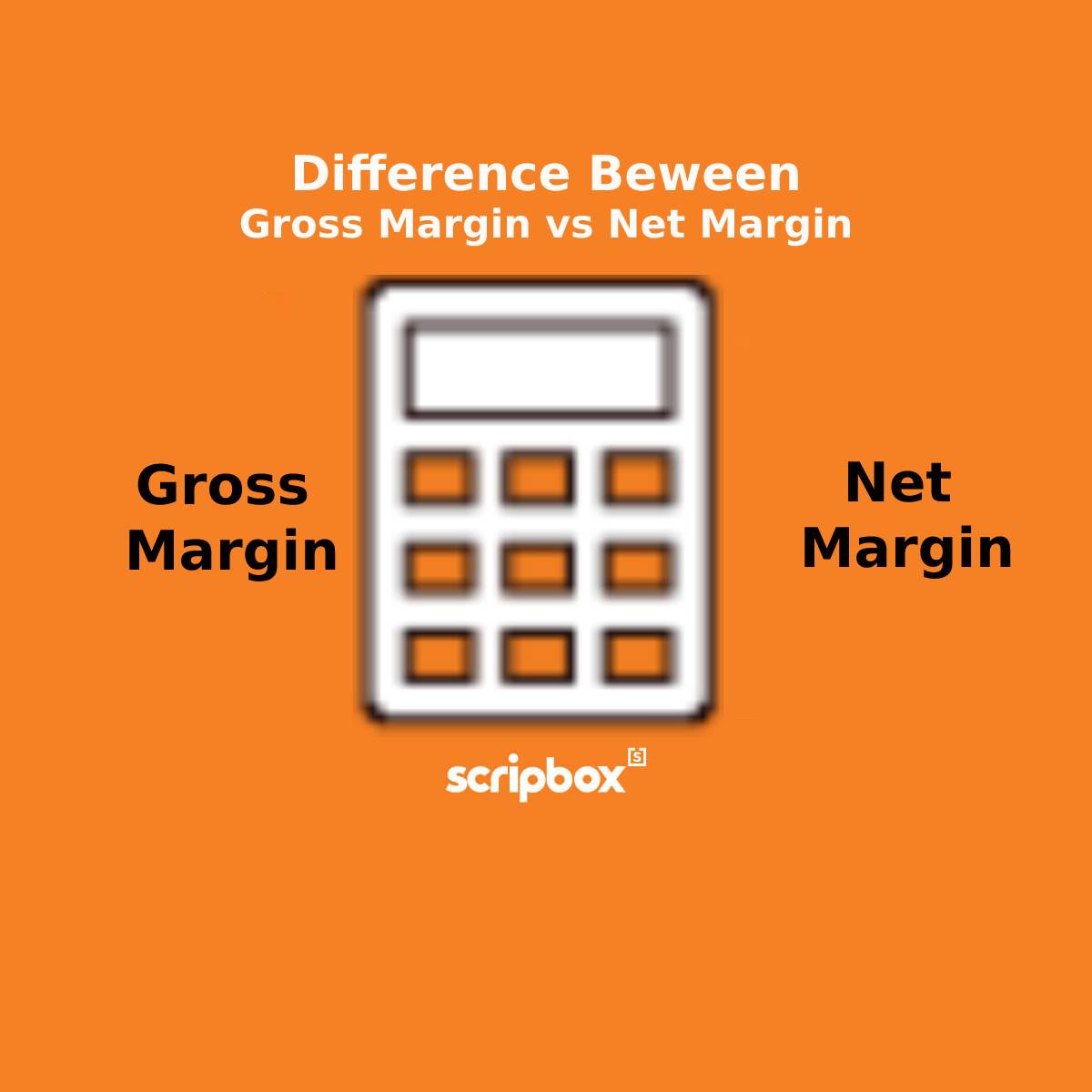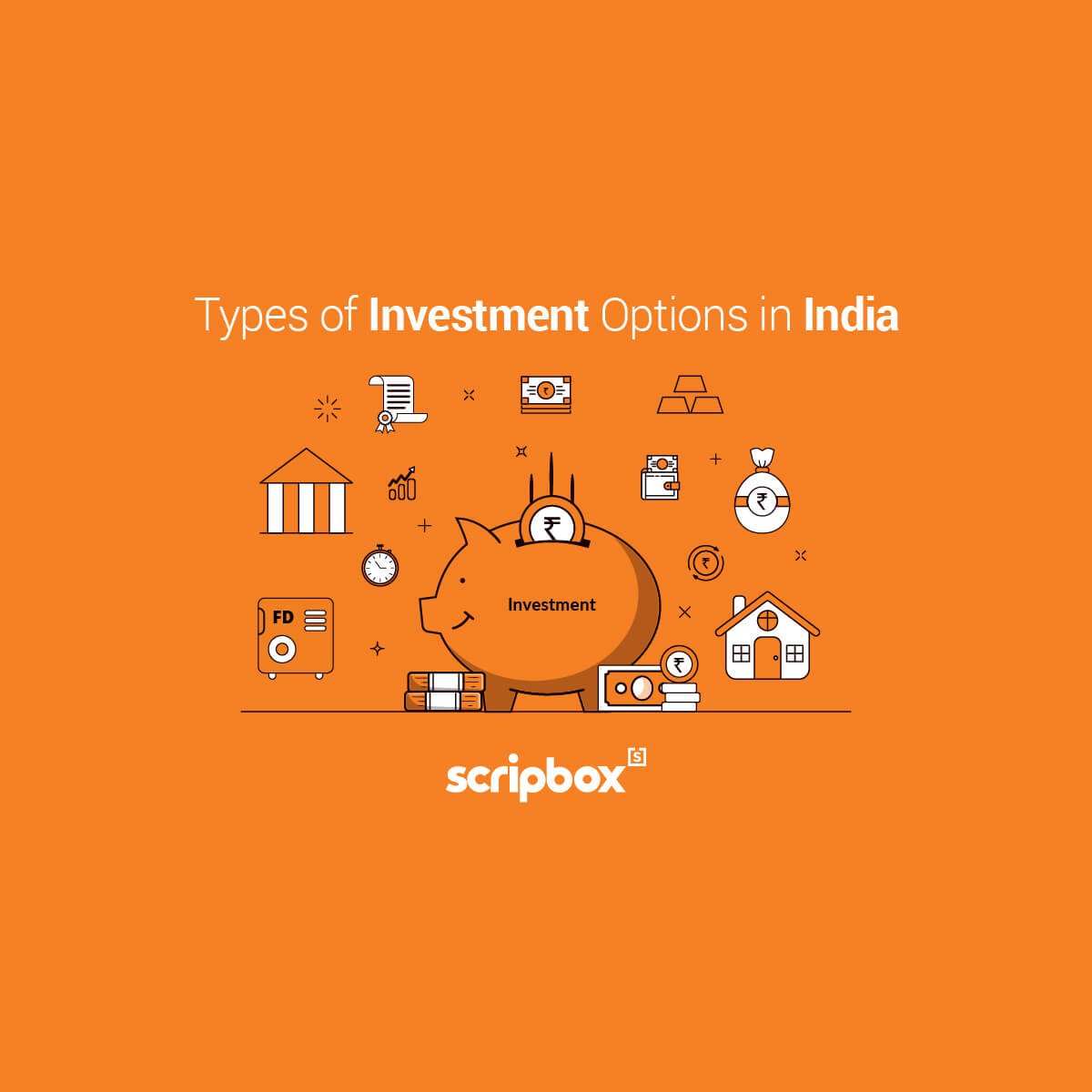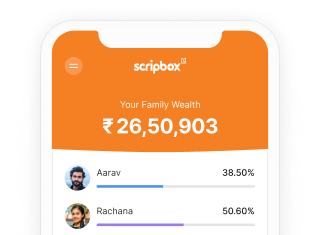Beginners who are venturing into mutual funds might have many questions about where to invest. At the same time, some investors have sufficient knowledge to determine which fund is the right choice for them based on their investment strategy. One such subcategory of mutual funds is equity mutual funds, where investors invest in getting exposure in equity. This allows investors to earn some capital gains which are not guaranteed. Equity mutual funds are further subcategorized based on their market capitalization. They are large cap, mid cap and small cap. Before we get into more details, let’s clear the basic concept of market capitalization and understand large cap vs mid cap vs small cap.
What is Market Capitalization?
Market capitalization refers to the total value of the company that is traded on the stock market. It is calculated by multiplying the total number of shares by the current market per share price. It is commonly referred to as a market cap, where ‘cap’ means capitalization. The following is the formula for market capitalization –
Market capitalization = Total number of outstanding shares of the company * Current market price per share.
For example – if the current market price of ABC company is Rs. 30 and the total number of outstanding shares of the company is 30,000.
Then, market cap = 30,000*30 = 900,000
Therefore the market capitalization of ABC company is 900,000.
As mentioned above, based on the market capitalization, the companies are classified as large cap, mid cap and small cap. To ensure that equity schemes follow a uniform pattern for defining large, mid and small caps, SEBI has defined the different market caps as following –
- Large-cap – companies ranked between 1 and 100 by full market capitalization.
- Mid-cap – companies ranked between 101 and 250 by full market capitalization.
- Small-cap – companies ranked above 250 by full market capitalization.
It is important to note that the market cap also keeps fluctuating since the shares prices fluctuate. When a company issues more shares to the public, its market cap increases. Similarly, when a company does a buyback of its shares, the market cap decreases. Now let’s understand the different caps in detail.
What are Large Cap Mutual Funds?
Large cap mutual funds are open-ended equity mutual funds that invest a significant portion (at least 80%) of their corpus in top-notch companies. These large cap companies have a market capitalization of more than Rs.20,000 crore. One can easily identify these companies because they are market leaders in their specific industrial sectors and have an excellent track record of wealth generation. Also, they have a strong market positioning, as they are known to exhibit strong growth with high profits. Furthermore, investors can enjoy better capital appreciation, steady compounding, and regular dividends from these companies.
Large cap funds are low-risk in comparison to small-cap or mid-cap funds. Hence, investors can benefit from steady returns of these funds if they have a low-risk appetite. Consequently, the investment horizon of these schemes is long-term.
What are Mid Cap Mutual Funds?
Mid cap mutual funds are open-ended equity mutual funds that invest at least 65% of their corpus in mid cap company stocks. Mid cap stocks are those companies that rank 101st to 250th in terms of market capitalization. Their market cap ranges between Rs. 5000 cr to Rs. 20,000 cr. Mid cap companies have a good track record and have the potential to grow into large cap companies. However, there can also be chances of downfall.
Midcap mutual funds try to strike a balance between risk and return. These funds have higher growth potential than large cap funds. However, at the same time are less riskier than small cap funds. Thus, they are highly sensitive to market conditions. Investors are suggested to stay invested for long horizons in these funds to protect themselves from these market fluctuations. This will help investors overcome the effect of market fluctuations on their investments.
What are Small Cap Mutual Funds?
Small cap mutual funds are open-ended equity mutual funds that invest at least 65% of their corpus in small cap stocks. Small cap stocks are those companies that rank below 250th in terms of market capitalization. Their market cap is less than Rs. 5000 crores. These are small companies that are new entrants in the market.
Small cap funds are highly volatile in nature and involve a high level of risk. Even the slightest volatility in the market impacts the share prices of small cap companies immediately. However, these funds also offer higher returns to investors as the company grows. Usually, small companies need time to grow. Hence, one may opt for small-cap funds depending on their risk tolerance level and investment horizon. Ideally, risk appetite should be higher for small cap funds, and investment tenure must be longer.
Large Cap Vs Mid Cap Vs Small Cap Mutual Fund: Key Differences
The following are the key differences between large-cap, mid-cap and small-cap funds:
| Basis of Difference | Large Cap Mutual Fund | Mid Cap Mutual Fund | Small Cap Mutual Fund |
| Market Capitalization | 1st to 100th companies | 101st to 250th companies | Rank below 250th |
| Asset Allocation | 80% of the corpus in large cap companies. | 65% of the corpus in mid-cap companies. | 65% of the corpus in small cap companies. |
| Risk | Less risky than mid and small-cap funds. | More risky than large-cap funds and less risky than small-cap funds. | More risky than large and mid-cap funds. |
| Returns | More or less stable returns | Offer higher returns than large-cap mutual funds. | High risk, thus higher returns. |
| Growth Potential | Slower growth potential | Better growth potential | Exponential growth potential |
| Liquidity | High liquidity | Lower liquidity than large-cap | Lowest liquidity |
| Who Should Invest? | Conservative investors | Moderate risk-tolerant investors | High risk-tolerant investors. |
Difference Between Large Cap vs Mid Cap vs Small Cap
The following are some of the key differences between large cap, mid cap and small cap funds.
Market Capitalization
- Large cap funds predominantly invest in companies whose market cap is more than Rs.20,000 cr and ranks between 1st and 100th companies based on market capitalization.
- Mid cap funds predominantly invest in companies whose market cap is between Rs.20,000 cr and Rs. 5000 cr. and ranks between 101th and 250th companies based on market capitalization.
- Small cap funds predominantly invest in companies whose market cap is less than Rs.5000 cr and ranks below 250th based on market capitalization.
Asset Allocation
- Large cap funds invest a minimum of 80% of their portfolio assets in equity and equity-related instruments of large cap companies.
- Mid cap funds invest a minimum of 65% of their portfolio assets in equity and equity-related instruments of mid cap companies.
- Small cap funds invest a minimum of 65% of their portfolio assets in equity and equity-related instruments of small cap companies.
Risk
- Large cap funds invest in large cap companies with a good reputation and excellent track record in the stock market. Also, they have a significant market share and consistent performance. Thus, this makes them less risky than mid cap and small cap stocks.
- Mid cap funds invest in mid cap companies with relatively higher risk than the large cap companies but lower than small cap companies. Many investors invest in growing companies leading to volatility in returns.
- Small cap funds invest in small cap companies that are riskiest amongst the three. They have a low capital base but offer great growth potential. Thus, they have a higher fluctuation in market prices which in turn increases the risk for investors.
Returns
- Large cap funds provide stable and steady returns with low volatility.
- Mid cap funds can offer higher returns than large cap funds as the growth potential is more.
- Small cap funds can offer higher returns than large and mid cap funds. However, they are more volatile due to small size companies.
Growth Potential
- Large cap funds have a slower growth potential than mid and small cap funds. This is because large cap funds invest in companies that are stable and have high market capitalization.
- Mid cap funds have better growth potential as there is an opportunity for mid cap companies to be the next emerging large cap companies.
- Small cap funds have exponential growth potential than large and mid cap funds. The reason is small cap companies have lower share prices. Thus, a smaller size company leaves space to become bigger in future.
Company Liquidity
- Large cap companies have high liquidity as their stocks are actively traded in high volumes on the stock exchange. Also, large cap companies are leaders of the market. Investors are very familiar with them, thus choose large cap funds for easy liquidity. For e.g., Large cap companies like NIFTY 50 companies like Reliance, TCS, etc.
- Mid cap companies have lower liquidity because they are lower in demand due to market risk. Investors with longer investment horizons prefer to choose mid cap funds due to low liquidity. For e.g., Mid cap companies like Biocon, Tata Global Beverages, etc.
- Small cap companies have the lowest liquidity than the mid and large cap stocks. Generally, they have a very low trading volume amongst all. Investors with an even longer investment horizon choose small cap funds as companies are at early stages which need time to grow. For e.g., Small cap companies like India Cements, Persistent Systems, etc.
Fund manager
- Large cap funds majorly invest in large cap stocks. The fund manager selects stocks based on the scheme’s investment objective. Also, the information of these companies is readily available, and their returns are stable. Therefore, the fund manager has to focus on the right stock selection.
- Mid cap funds primarily invest in mid cap stocks whose information is not very easily available. Thus, the fund manager has to research these companies before investing in them. Also, these companies are on the verge of growing big. The fund manager has to identify these opportunities and add them to the mutual fund portfolio.
- Small cap funds primarily invest in small cap stocks where the fund manager requires experience in analyzing the small cap sector. These companies are highly volatile and tend to rise or fall immediately. Therefore, the fund manager has to be in sync with the market every time.
Large Cap vs Mid Cap vs Small Cap Which is Better?
While choosing to invest in any fund, one should consider all the above factors. The investment pattern for building up a portfolio depends on the investor’s financial goals. Generally, a long term goal-oriented portfolio consists of all three types of funds in varying quantities. For instance, not all large cap companies can automatically be good for investment. Some of the large cap firms are ascent while some are descent which can be tomorrow’s mid cap or small cap. Therefore, companies tend to move across their market capitalization, and it can be in either direction. Yesterday’s mid cap can be today’s large caps. On the other hand, what used to be large caps can be small caps today.
Investors must make a well-informed decision for building a portfolio keeping the risk and return in hand. Large cap funds are suitable for investors with lower risk tolerance. These investors look for investment opportunities in the equity market and prefer large cap schemes. Also, for these investors with a long term investment horizon and do not wish for aggressive returns.
At the same time, investors with moderate risk tolerance levels can prefer mid cap funds. These investors are not affected by the short term volatility as they prefer investing for the long term. Subsequently, small cap fund funds are suitable for investors with higher risk tolerance levels and are very aggressive. Usually, these investors are well aware of the stock market fluctuations. One thing to remember is that when the markets fall, the returns will be significantly very low. Sometimes, they are vulnerable to losses during the market downfall.
Experts advise that diversifying the portfolio is the key to not losing all the money at once. Therefore, one must carefully invest and include small, mid and large cap funds in their basket of funds. Also, it offers safety and helps to accumulate wealth in the long term.
Latest News
Flexicap Funds are Quickly Gaining Popularity
Flexicap funds are gaining popularity in the market and may become the most popular equity fund type with several fund houses announcing NFOs. They are market-cap agnostic as fund managers invest in small, mid, large and micro-caps without a minimum investment threshold. The category was introduced by SEBI in November 2020 and it has seen net inflows of around Rs 3,700 crores.
Published: 25th Aug 2021
- What is Market Capitalization?
- What are Large Cap Mutual Funds?
- What are Mid Cap Mutual Funds?
- What are Small Cap Mutual Funds?
- Large Cap Vs Mid Cap Vs Small Cap Mutual Fund: Key Differences
- Difference Between Large Cap vs Mid Cap vs Small Cap
- Large Cap vs Mid Cap vs Small Cap Which is Better?
- Latest News


















Show comments